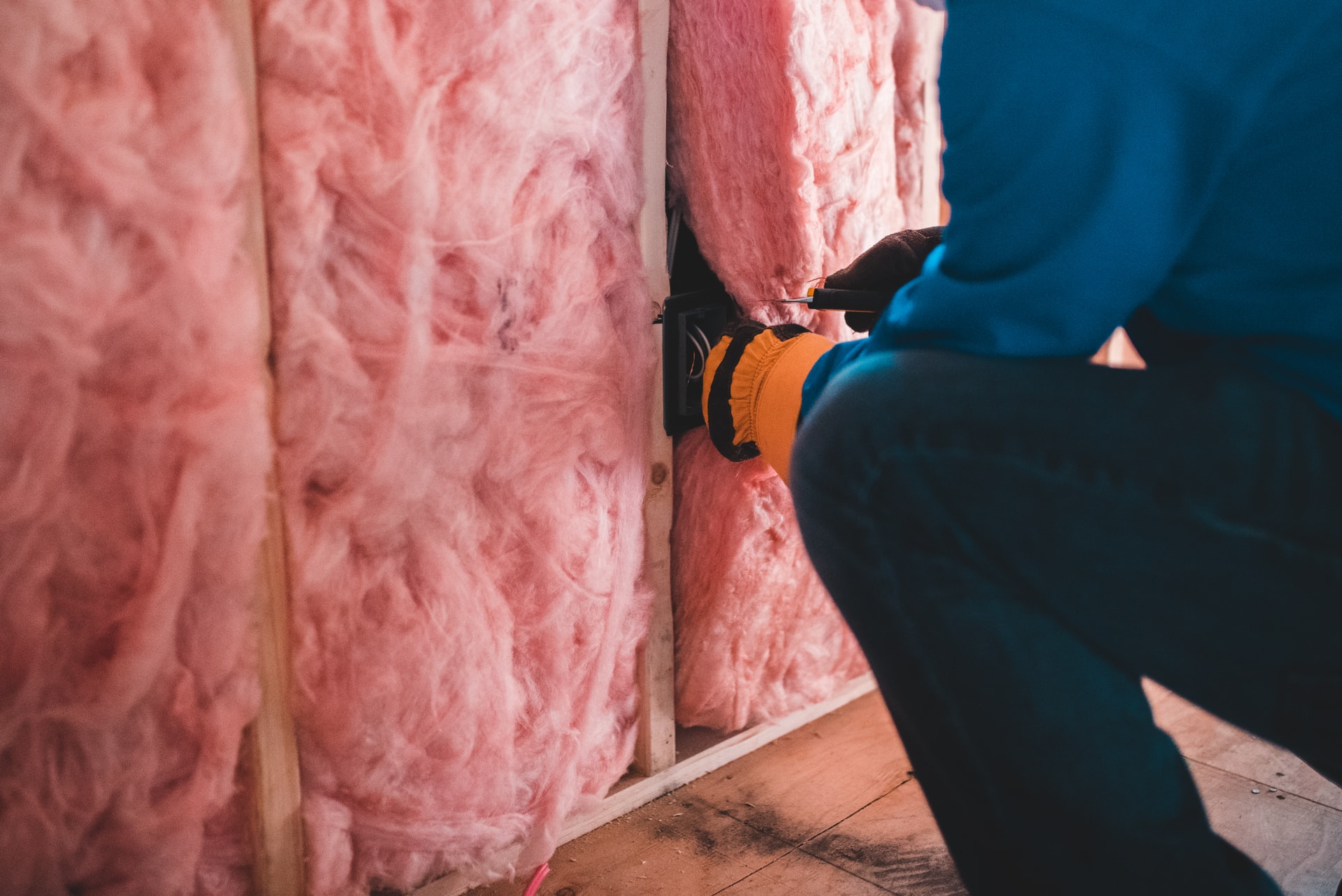
Installing proper insulation in your attic is a bigger decision than you’d expect it to be. There’s actually a lot of consideration that goes into it that goes beyond the cost. Some of the things to look at include the right material, the available space, even the structural integrity of your roofing. If you want to make an informed decision about your attic’s insulation, here are a few things you should know about it.
1. Examining the Attic
Insulating your attic is critical because more heat passes, per square foot, through the ceiling than any other area of your home. The first step you should take is to examine your attic thoroughly. In fact, you should have it inspected by a professional to check the current condition of its insulation. When evaluating your attic, consider the following:
- Roof Structure and Attic Space
- Condition of the Trusses and Decking
- Signs of Damp or Wet Spots
- Condition of the Rafters
2. Sealing the Space
Attaining an airtight seal on your attic is a crucial component that you shouldn’t overlook. If you see any cracks, holes, or other gaps, you should fix them as soon as possible to maintain the desired temperature. Foam spray insulation is commonly used for air sealing. Your attic should have a temperature consistent with outside temperatures plus or minus five degrees. It’s also important to have a functioning soffit to permit fresh air to be drawn into the attic to help with ventilation.
3. Measuring the Air Flow
Before you can even begin the installation, it’s important to request a blower door test done to your attic. This process is also vital as it measures the cubic feet per minute (CFM) of airflow through the house and attic space. Since airflow ventilation has everything to do with insulation and the change of temperature, doing this test pre-installation is a must.
4. Checking the Ventilation
After measuring the airflow, make a last-minute check on how much ventilation your attic is getting. Depending on your blower door test result, you may need to make some adjustments to your ventilation. Improper airflow results in either hot or cold temperatures building up within the roof structure. The resulting damage that can happen is extensive and costly to repair, so you better make sure your ventilation is set before proceeding with the installation.
5. Selecting the Right Insulation Material
Selecting the right insulation is another crucial step. Determine what your budget can accommodate and the best insulation material that suits your needs. Consider the following factors when choosing materials:
- R-Value: As with any insulating material, heat resistance is essential. The R-Value determines the heat resistance of a material, and the higher it is, the better the insulation.
- Area Available: Effective insulation also depends on the amount of space each type of material requires. So, it helps to consider the space available for insulation when choosing the material you’re going to use.
- Cost: Of course, the cost is also a major factor when selecting the right insulation. If you can afford a better quality material, the better.
Conclusion
Whether you’re getting a new roof or maintaining an old one, attic insulation is an important part of every home. It can save you an average of 20%-30% on electrical usage, so it’s only logical to make sure you’re considering everything before installing your attic’s insulation.
If you have any roofing issues that need to be addressed by a professional, Pioneer Roofing Company is here to help. We’ve been serving the residents of San Diego since 1980, providing repair and maintenance services for residential and commercial clients. If you’re looking for the best roofing contractor in California, our team is always available. Contact us today for emergency roofing services.


